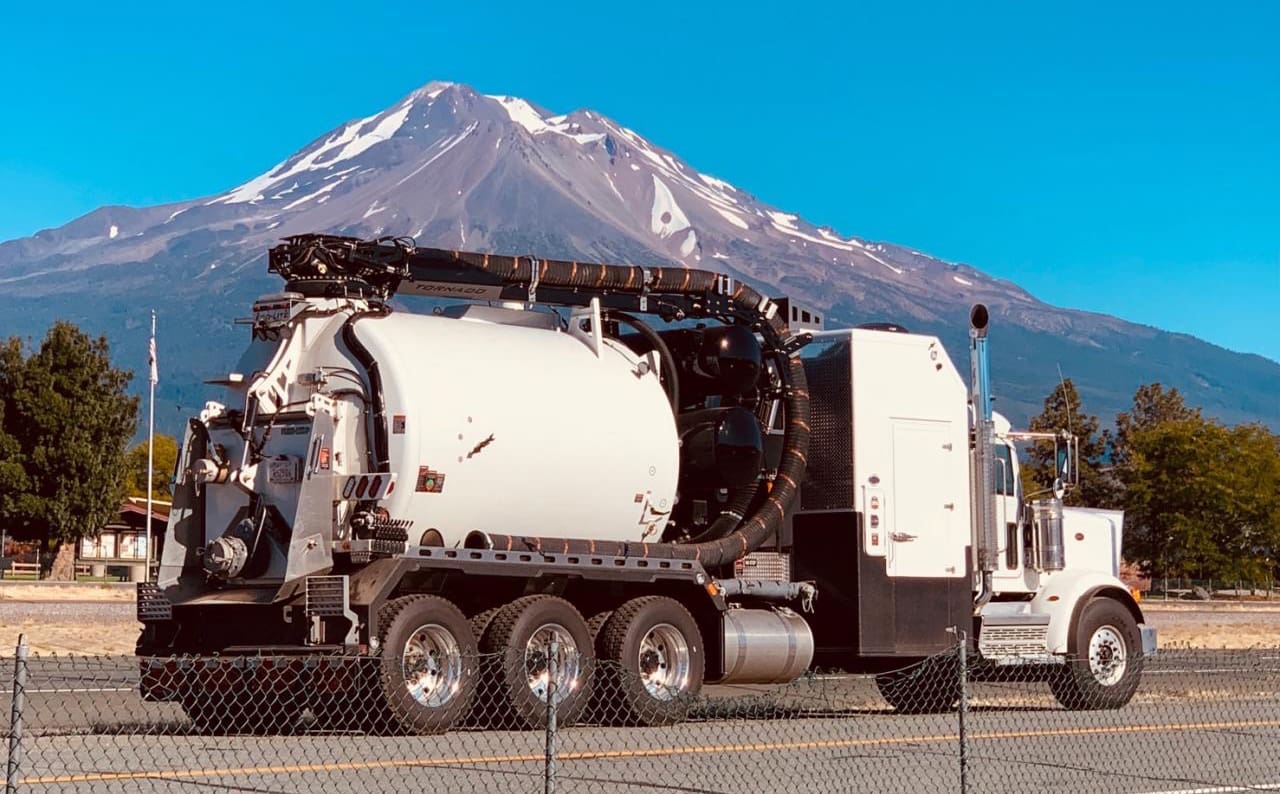
While hydrovac trucks have more than proven their worth in areas like potholing, trenching, directional drilling, and daylighting, their payload capacity can still be tricky. Not having a clear understanding of how much load a hydrovac truck can carry exposes operators to overload-related accidents or getting caught at a truck scale and being hit with a fine that can run into five figures!
Below, we provide some tips to make sure you know exactly how much of a load your hydrovac truck should carry and ways to get it exactly right to avoid any mishaps down the road.
# 1: Trust The Manufacturer
Whichever company manufactured your hydrovac truck would have provided specifications on the payload. Most manufacturers provide the total tank capacity and actual useable capacity. Naturally, you need to go by useable capacity or you could run into problems with overloading. Going through the manual brochures provided with the vehicle or even a calling the manufacturer’s helpline will give you an idea of how much to carry.
# 2: Inbuilt Features In Your Truck That Help
Hydrovac truck manufacturers provide features that help you gauge how much you can carry, for example, a shut-off system to make sure you do not fill your tank above capacity. Once you reach the payload limit, your truck does the work for you and immediately shuts off, much like the flush tank in the bathroom at home.
A float ball in the tank is the key. It floats upward along with the water until it seals the suction pipe at the top of the tank. This not only stops airflow to the blower, but it also stops you from contaminating the cyclone separator.
The float ball is housed in a small cage that dangles from the top of the tank. To ensure there is no way you can go wrong, 18 to 24 inches of tank space is left that cannot be used. When it comes to payload capacity, this is a key feature in your truck and is an absolute guarantee that you do not load to maximum capacity.
# 3: Think Yardage
In football, coaches and players think of yardage in every play. Yards are also important when loading your hydrovac truck. For example, you may think your 12-yard is full to capacity but in reality, the load would be 10.5 to 11 yards. A midsize tank with a capacity of 10 yards would actually hold 8.5 to 9 yards, and so on.
These figures are not to sell you short, but for your safety and ensuring compliance.
# 4: Figure It Out For Yourself
There are some simple steps that will allow you to know the actual capacity of your hydrovac truck. First, you have to make sure your tank is totally clean before weighing the vehicle to determine the empty weight. Jot it down somewhere or save the figure on your phone.
The next step is to find an open body of water with which to fill your tank. Of course, you need to be sure the water being used is from a legal source, so you need to contact state, province, county or municipal officials for permission. Also, the last thing you need is to run into trouble with a landowner if you try to take water off private property. Be sure it is fresh water and not produced or saltwater, which provide different weights.
With your water source all in order, operate the blower and load your tank until the vacuum stops. The float ball moves up and the suction stops. Then return to the same weighing scale where you got the empty weight. This is essential as scales can be calibrated differently and you could end up getting a misleading weight. Remember, every percentage point counts when it comes to weight!
Just to help you with the math, a cubic yard of freshwater weighs 1,683.85 lbs. Now, all you have to do is take the difference in weight between the full and empty tank and divide by 1683.85 lbs. An easy calculation and the number arrived at is the usable yard amount of your tank.
Now, with that weight off your mind, you can confidently hit the road!



